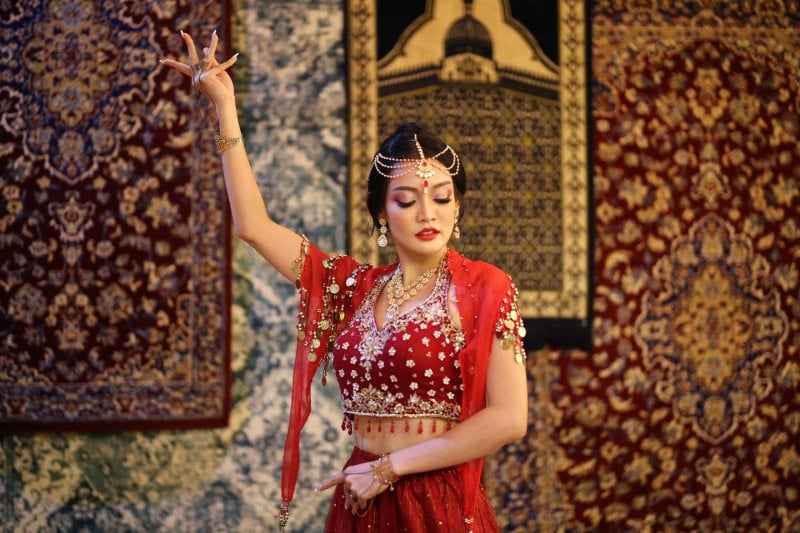Acts of Silence
The History of Bollywood

When thinking of Bollywood, what comes to your mind? Bright and colorful sets, synchronized dancing and singing? That is what goes through most people’s minds. However, there is so much more to India’s film and movie scene.
Origins of Bollywood
Bollywood plays on words combining Hollywood with the ‘B’ for Bombay (now known as Mumbai). The term was first coined in the 1970s, but no one is sure which journalist used it first. The name has stuck, though, and is used to describe movies and films made in India.
The Indian film industry dates back to the 1913s with the iconic silent film titled Raja Harishchandra. It took a while for the Indian film industry to be recognized by other film industries such as the United States.
How Bollywood Progressed
In the early 1920s, there began a rise of multiple film and production studios. The majority of studios during this time produced films with a mythological or historical nature. During this period, movies from Hollywood were being imported, and these primarily action movies were so well received by Indian audiences that the local film industry started to follow suit. However, classics such as “The Ramayana” and “The Mahabharata” remained popular throughout the decade.
1931 showcased the release of the first Indian film with sound and speech. This film, “Alam Ara”, was groundbreaking and paved the way for the future of Indian cinema. The number of production companies skyrocketed, and along with it, the number of movies produced in India too. In 1927 India made 108 films, and this number increased to 328 in 1931. Colour films also started popping up and changed the industry forever.
The New Wave of Films
In 1947 the industry went through another change, bringing it ever closer to the Bollywood we are familiar with today. There was a change in the theme of Bollywood movies. The focus was on mythological or historical films, then producers and directors started to focus on social reformist films. The industry soon saw the release of action-packed movies, some even containing themes surrounding online casinos, such as Teen Patti.
Around the same time aforementioned, India established the template for the Masala film. The film is a mash of comedy, action, and melodrama consisting of 6 song and dance numbers. This template formed the basis of the modern Bollywood movies we know and love today.
Forget Your Misery, Enjoy a Bollywood Movie
As Manmohan Desai, a famous Bollywood director, said: “I want people to forget their misery.” That was his goal when directing movies, and it remains relevant today. Bollywood movies can transport you to a whole other world and allow you to leave your troubles behind for a while. So why not enjoy the escape with a good Bollywood movie? Let us know which one is your favorite.